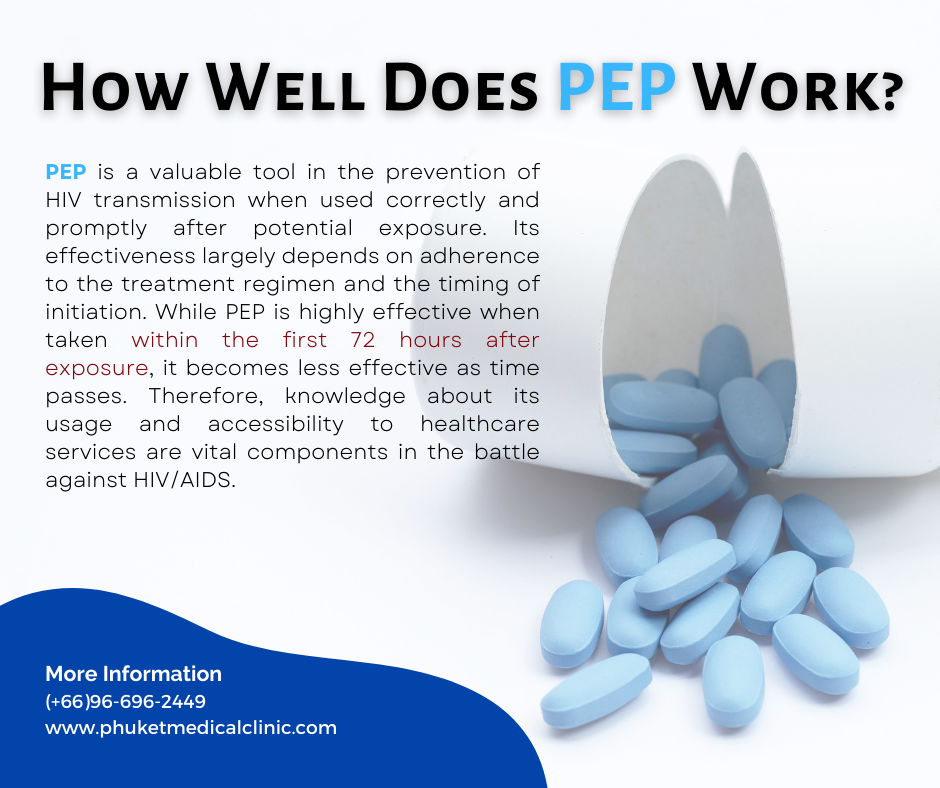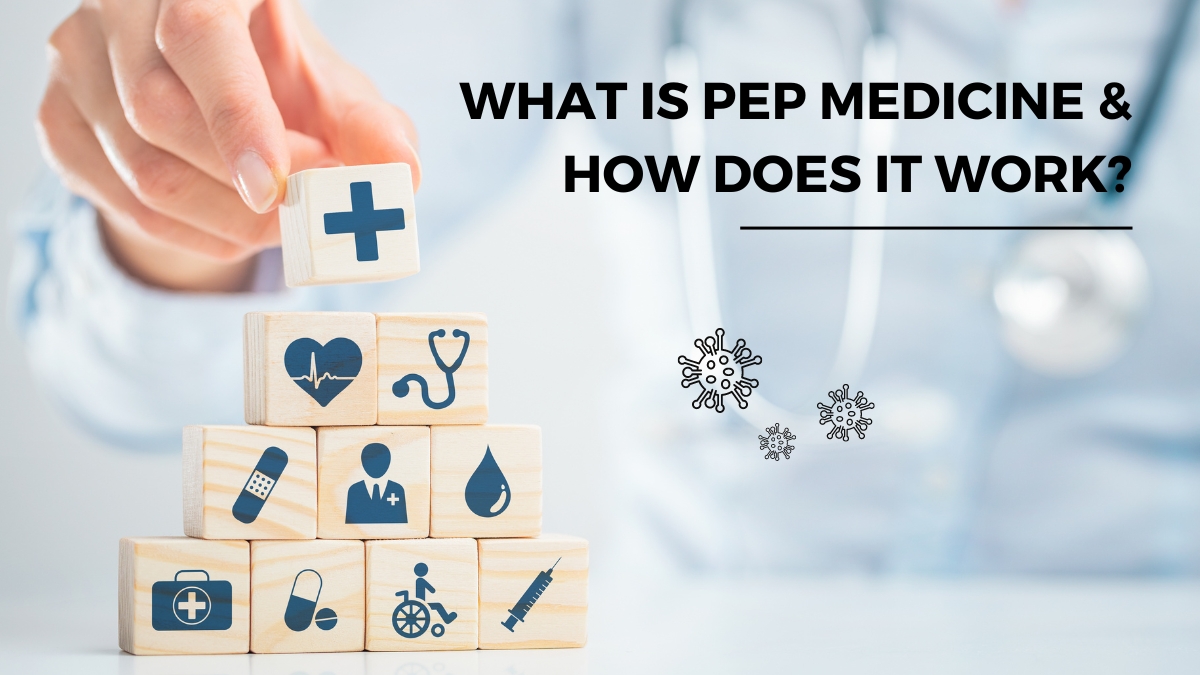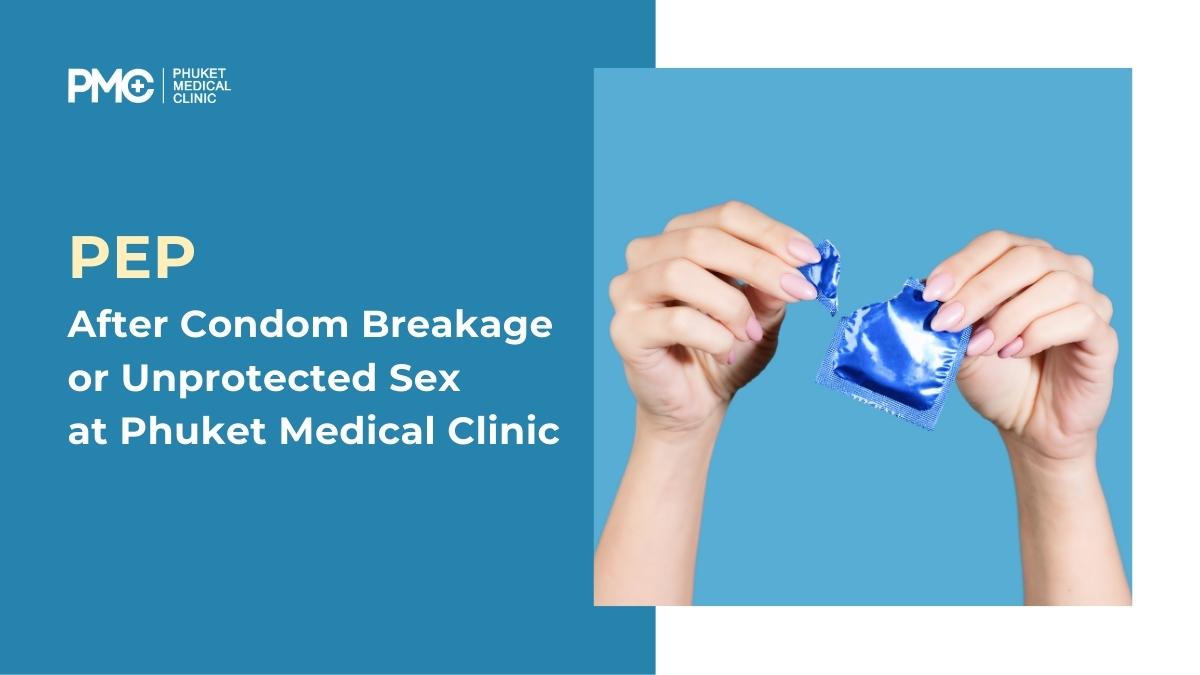Post-Exposure Prophylaxis, or PEP, is a medical intervention that has gained prominence as a vital component of HIV prevention. PEP is a regimen of antiretroviral medications prescribed to individuals who may have been exposed to the virus through activities like unprotected sex, needle sharing, or occupational accidents. This article aims to shed light on how well PEP works, its effectiveness, and the crucial factors that influence its success in preventing HIV transmission.
How Long Do You Need to Take PEP?
Post-Exposure Prophylaxis commonly referred to as PEP, is a vital preventive measure for individuals who may have been exposed to HIV. While it can be a lifeline in preventing HIV infection, one of the critical questions people have is, “How long do you need to take PEP?” In this article, we will explore the duration of PEP treatment, its effectiveness, and what you need to know if you find yourself in a situation where PEP may be necessary.
How Do You Know If You Need PEP?
Recent High-Risk Exposure: The most common situation in which PEP is recommended is after recent high-risk exposure to HIV. High-risk activities include unprotected sexual intercourse with a partner whose HIV status is unknown or positive, sharing needles or drug equipment, and occupational exposure (e.g., healthcare workers accidentally exposed to contaminated blood).
Timing is Critical: PEP should ideally be initiated as soon as possible after potential exposure, preferably within 72 hours (3 days) but certainly within 36 hours for the best effectiveness. The sooner you start PEP, the more likely it is to prevent HIV infection.
The Crucial Importance of Taking PEP Within 72 Hours
PEP is a short-term antiretroviral treatment designed to prevent HIV infection after a potential exposure. It is typically prescribed for individuals who may have been exposed to HIV through unprotected sexual intercourse, sharing needles, or other high-risk activities. PEP consists of a 28-day course of medication, and its success in preventing HIV largely hinges on prompt initiation.
PrEP and PEP for HIV Infection: Understanding the Key Differences
In the fight against HIV/AIDS, prevention is paramount. Pre-Exposure Prophylaxis (PrEP) and Post-Exposure Prophylaxis (PEP) are two essential strategies that have emerged as powerful tools in reducing the risk of HIV infection. While they share a similar goal, PrEP and PEP are distinct in their approach, administration, and timing. In this article, we will explore these two preventive measures, shedding light on their differences and highlighting their significance in the battle against HIV.
Disadvantages of PEP and PrEP in HIV Prevention
In the ongoing battle against HIV, medical advancements have introduced powerful tools like Post-Exposure Prophylaxis (PEP) and Pre-Exposure Prophylaxis (PrEP) to reduce the risk of HIV transmission. These medications have undoubtedly played a significant role in HIV prevention. However, it is essential to acknowledge that, like any medical intervention, PEP and PrEP come with their share of disadvantages and limitations. In this article, we will explore some of the key disadvantages associated with both PEP and PrEP.
How to Access to PEP (Post-Exposure Prophylaxis)
Access to PEP (Post-Exposure Prophylaxis) medicine is crucial for preventing HIV infection after potential exposure. To obtain PEP, follow these steps. Firstly, seek immediate medical attention by visiting an emergency room or a healthcare provider experienced in HIV care. Explain the circumstances of the exposure and request PEP treatment. If possible, bring any relevant information, such as the time of exposure. The healthcare provider will assess the risk and prescribe a 28-day course of PEP medication. It is essential to start PEP as soon as possible, ideally within 72 hours of exposure. Ensure regular follow-up appointments for monitoring and evaluation. If financial concerns arise, inquire about financial assistance programs or contact local HIV/AIDS organizations for support. Remember, timely access to PEP medicine is critical for its effectiveness in preventing HIV transmission.
What is PEP Medicine & How Does It Work?
Understanding the role of PEP Medicine in preventing HIV infection is of paramount importance in today’s world. HIV remains a significant global health concern, and proactive measures like PEP can make a substantial difference. PEP medicine offers a critical opportunity for individuals who may have been exposed to HIV to take immediate action and reduce their risk of infection. By gaining knowledge about what PEP is and how it works, individuals can make informed decisions about their sexual health and seek appropriate medical assistance in a timely manner. Empowering people with information about PEP medicine helps promote awareness, encourages proactive behavior, and ultimately contributes to the overall efforts in preventing the spread of HIV infection.
PEP After Condom Breakage or Unprotected Sex at Phuket Medical Clinic
Taking immediate action after potential exposure to HIV is crucial to prevent the virus from taking hold in your body. Post-Exposure Prophylaxis, or PEP, can be your lifeline if you’ve had unprotected sex or experienced a condom break. In Phuket, Thailand, the Phuket Medical Clinic offers prompt and confidential PEP treatment services.
Does PEP really help prevent HIV?
PEP (Post-Exposure Prophylaxis) is a medication used to prevent disease after exposure to the HIV virus. It is a preventive treatment aimed at reducing the risk of infection after a potential exposure. It involves taking antiretroviral medication within a specified time frame. PEP is recommended by healthcare professionals for individuals who have engaged in unprotected sexual intercourse, experienced sexual assault, or been accidentally exposed through needlestick injuries, particularly for medical personnel. PEP works by suppressing the replication of the HIV virus in the body, preventing it from establishing a widespread infection. Its effectiveness is highest when started within 72 hours after exposure. The earlier the treatment is initiated, the greater the chances of preventing HIV infection.










